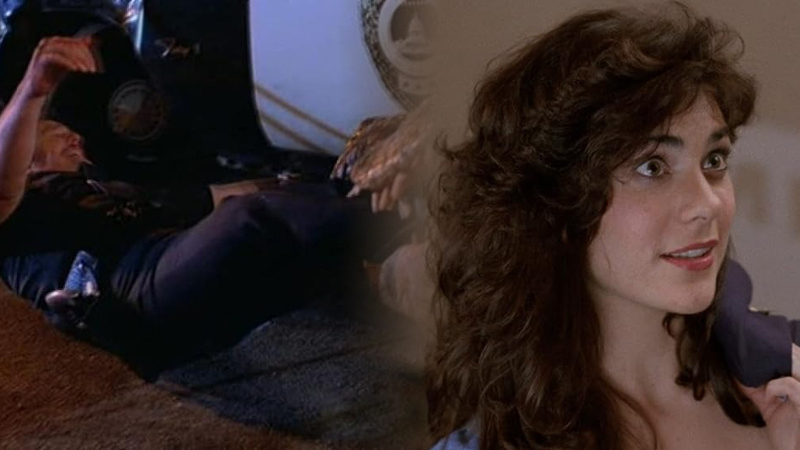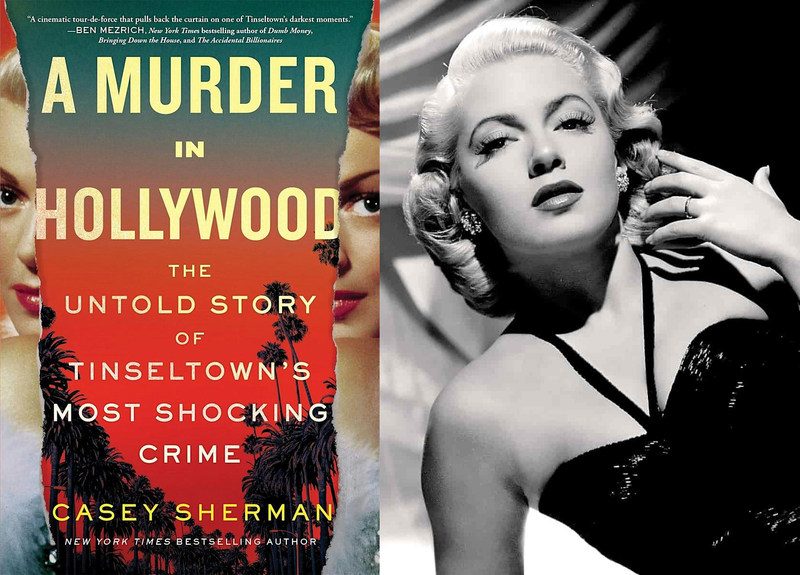
Urban Legends Come to Life Below Chicago
MOVIE REVIEW
Adam the First
/
–
/
Genre: Horror, Sci-Fi, Thriller
Year Released: 1980 / 1991
Runtime: 1h 31m / 1h 34m
Director(s): Lewis Teague /Jon Hess
Writer(s): John Sayles, Frank Ray Perilli / Curt Allen
Cast: Robert Forster, Robin Riker, Michael V. Gazzo, Dean Jagger, Sydney Lassick, Jack Carter, Perry Lang, Henry Silva / Joseph Bologna, Dee Wallace, Richard Lynch, Woody Brown, Holly Gagnier, Bill Daily, Steve Railsback, Brock Peters
Where To Watch: available February 12, 2024; pre-order here www.101-films-store.com
RAVING REVIEW: Step into the shadowy underbelly of Chicago with ALLIGATOR and its follow-up, ALLIGATOR II: THE MUTATION, a double feature that navigates the murky waters between legend and fear. Embarking on this journey, we are introduced to an experience drenched in 80s suspense, laced with a mix of terror and humor and underpinned by a critique of human existence. Through Detective Madison's eyes—brought to life by Robert Forster—we go through a story that can be shockingly cerebral. Although the sequel may not reach the heights set by its predecessor, this double feature offers a blend of traditional scares and more, making for a viewing experience that's both enjoyable and enlightening. The presentation in 4k is quite impressive; I wasn’t expecting an '80s/'90s deep dive horror film to look so solid!
The original ALLIGATOR stands out, striking a balance between the thrill of the scare and the light-heartedness of comedy, all set against a narrative critical of corporate wrongdoing, with a script that is a surprising mix of genre fusion, effortlessly pivoting from the exploits of a monstrous alligator to incisive commentary on societal ills.
Conversely, ALLIGATOR II: THE MUTATION embarks on an ambitious quest to spotlight environmental and economic concerns but ultimately needs to catch up on the marks sometimes. Under Jon Hess's direction, the sequel revisits the sewer setting with a new threat. Unfortunately, it was hampered by a narrative that too often echoes the original without injecting enough new life into the saga. Despite commendable efforts from Joseph Bologna and Dee Wallace, the film is trapped by predictability and a failure to innovate, illustrating the inherent challenge of sequels in recapturing the original's magic. However, it was still fun!
This sequel's attempt to intertwine themes of urban redevelopment and ecological degradation—placing a beleaguered community at odds with another monstrous adversary—is intriguing and a very 90s thing to do. This novelty and sharpness help ALLIGATOR II's ability to match the acclaim of ALLIGATOR yet underscores the sequel's struggle to forge a new path.
Viewed collectively, these films offer a fun mix of the horror genre's development and the nuances of cinematic storytelling. ALLIGATOR exemplifies the immense potential of blending familiar lore with storytelling, highlighted by Sayles' inventive screenplay and Teague's skillful direction. The sequel is an exemplary narrative about the pitfalls of extending a franchise, highlighting the critical need for fresh and imaginative narrative approaches to maintain audience engagement.
Upon reflecting on the entirety of the ALLIGATOR saga, its distinct contribution to the horror genre becomes evident. The original movie is heralded for its creativity and enduring appeal, while the sequel prompts introspection on the art of narrative expansion. Despite the sequel's imperfections, it contributes meaningfully to discussions on environmental stewardship and social accountability, albeit with room for a deeper exploration.
In conclusion, in the journey from ALLIGATOR to ALLIGATOR II: THE MUTATION, we observe a shift from pioneering ingenuity to somewhat familiar territory. The initial film remains a cherished classic, epitomizing the art of genre fusion. Despite its trials, the sequel enriches the discourse on storytelling innovation and thematic depth in horror cinema. Together, these films present a compelling case study on the significance of narrative and character development in filmmaking, marking an indelible impact on the genre's evolution.
For more reviews, please visit https://linktr.ee/overlyhonestmr.
Follow me on Letterboxd, Instagram, Twitter, and YouTube. Find my social media accounts on most platforms simply by searching Overly Honest Movie Reviews.
I’m always happy to hear from my readers; please say hi or send me any questions about movies.
[photo courtesy of 101 FILMS]
DISCLAIMER:
At Overly Honest Movie Reviews, we value honesty and transparency. Occasionally, we receive free items for review, including DVDs, Blu-rays, CDs, Vinyl, Books, etc. We assure you that these arrangements do not influence our reviews, as we are committed to providing unbiased and sincere evaluations. We aim to help you make informed entertainment choices, regardless of our relationship with distributors or producers.
Amazon Affiliate Links:
Additionally, this site contains Amazon affiliate links. If you purchase through these links, we may receive a commission. This affiliate arrangement does not affect our commitment to honest reviews and helps support our site. We appreciate your trust and support in navigating these links.



Average Rating